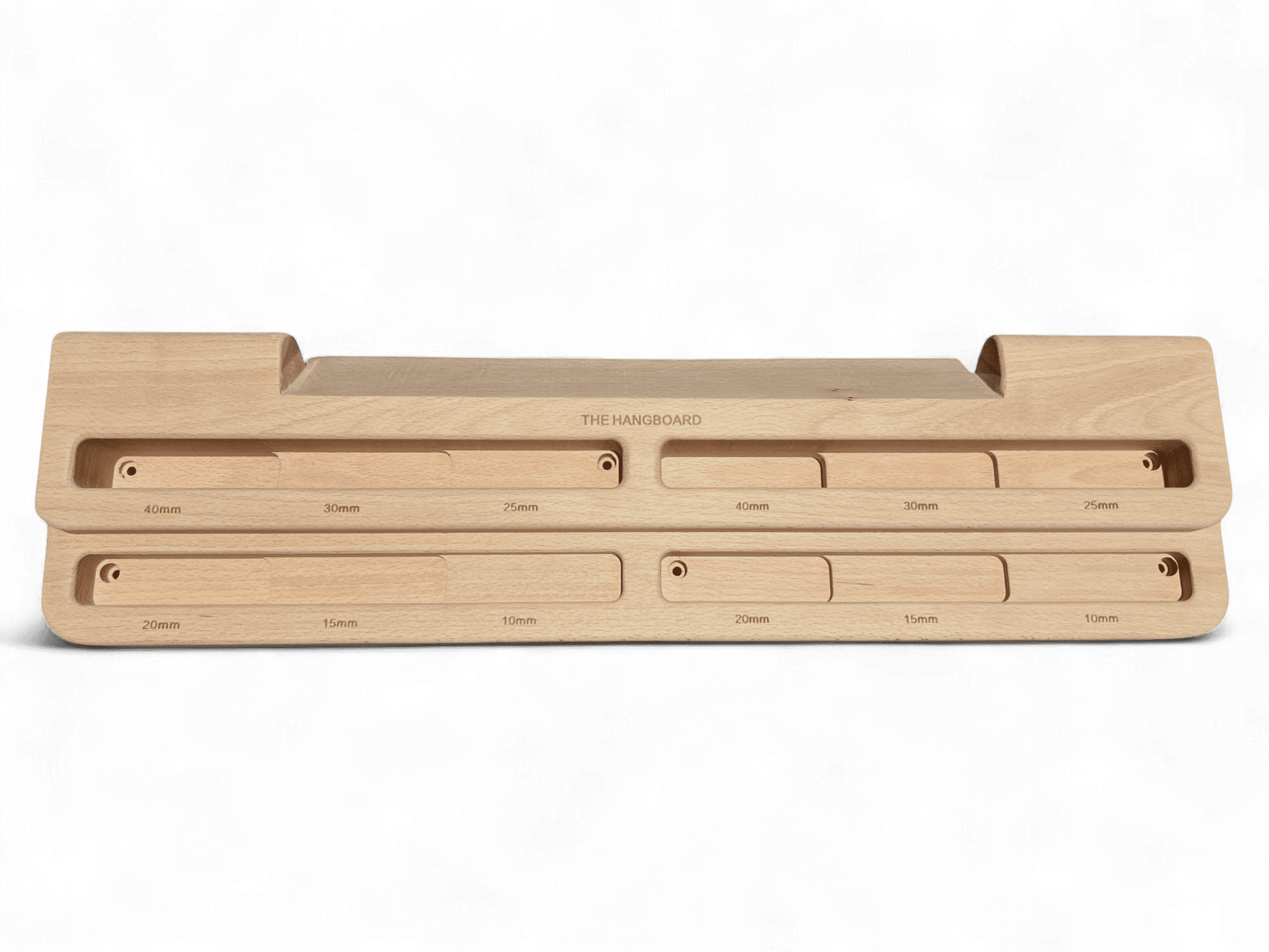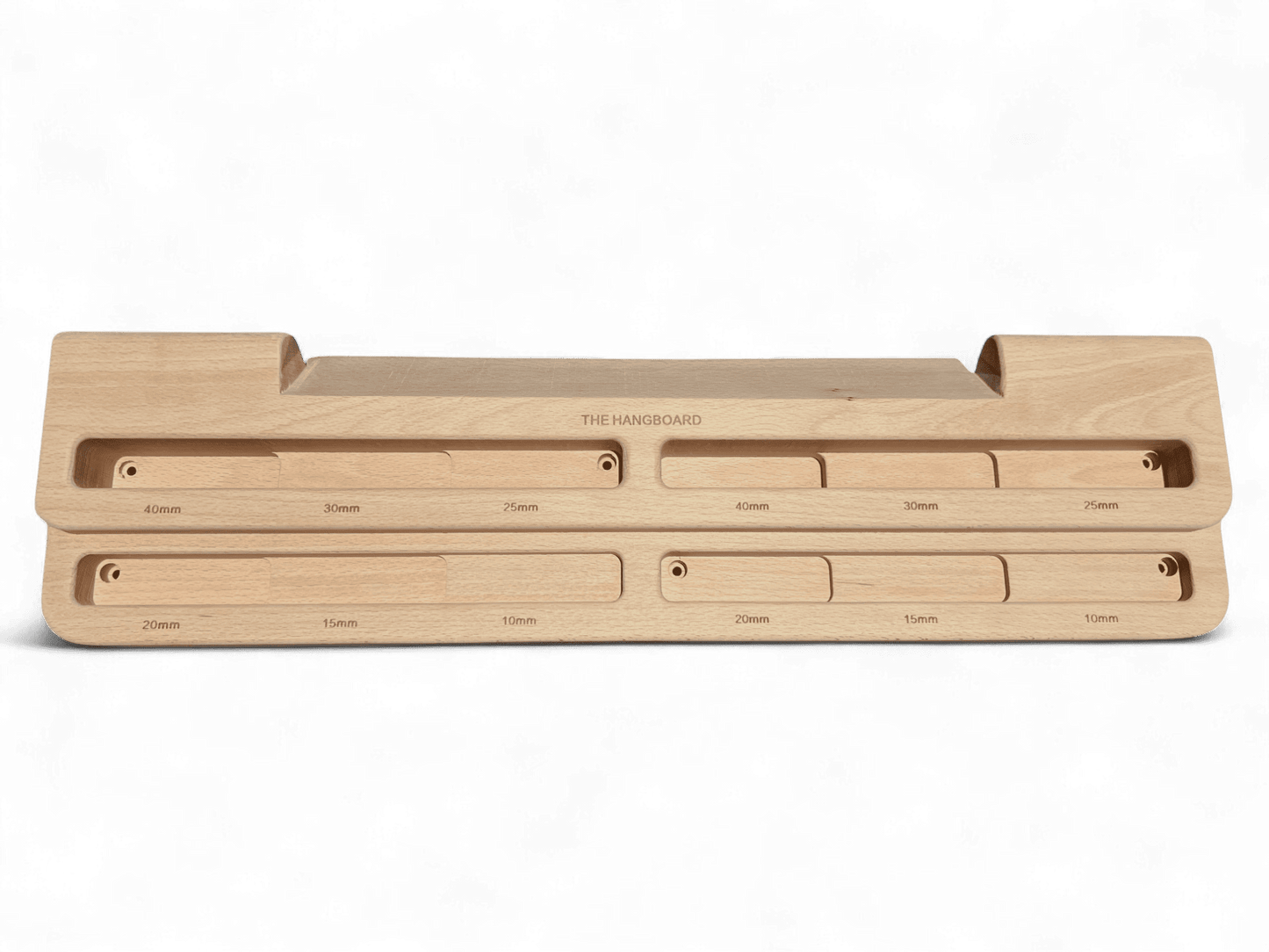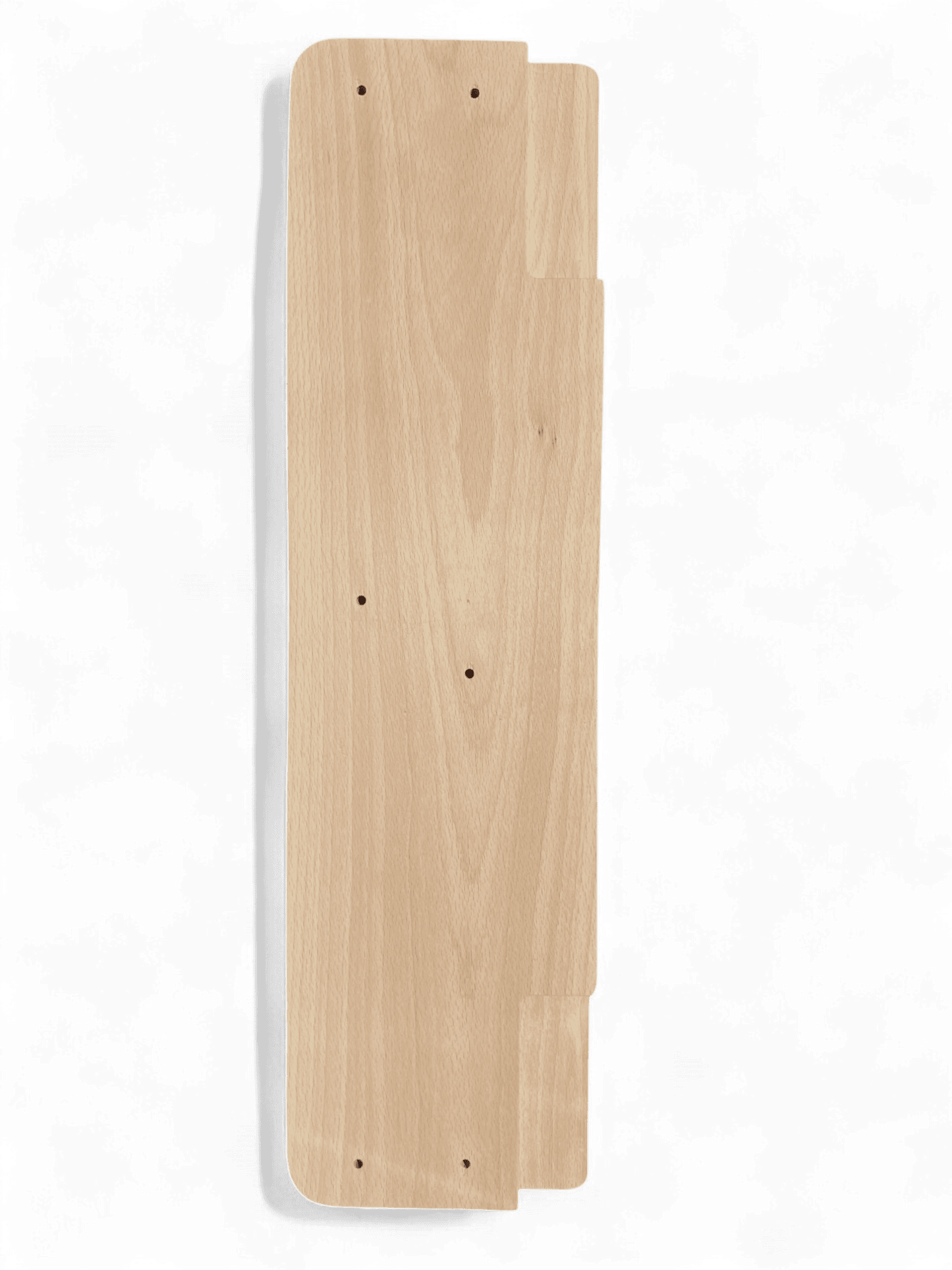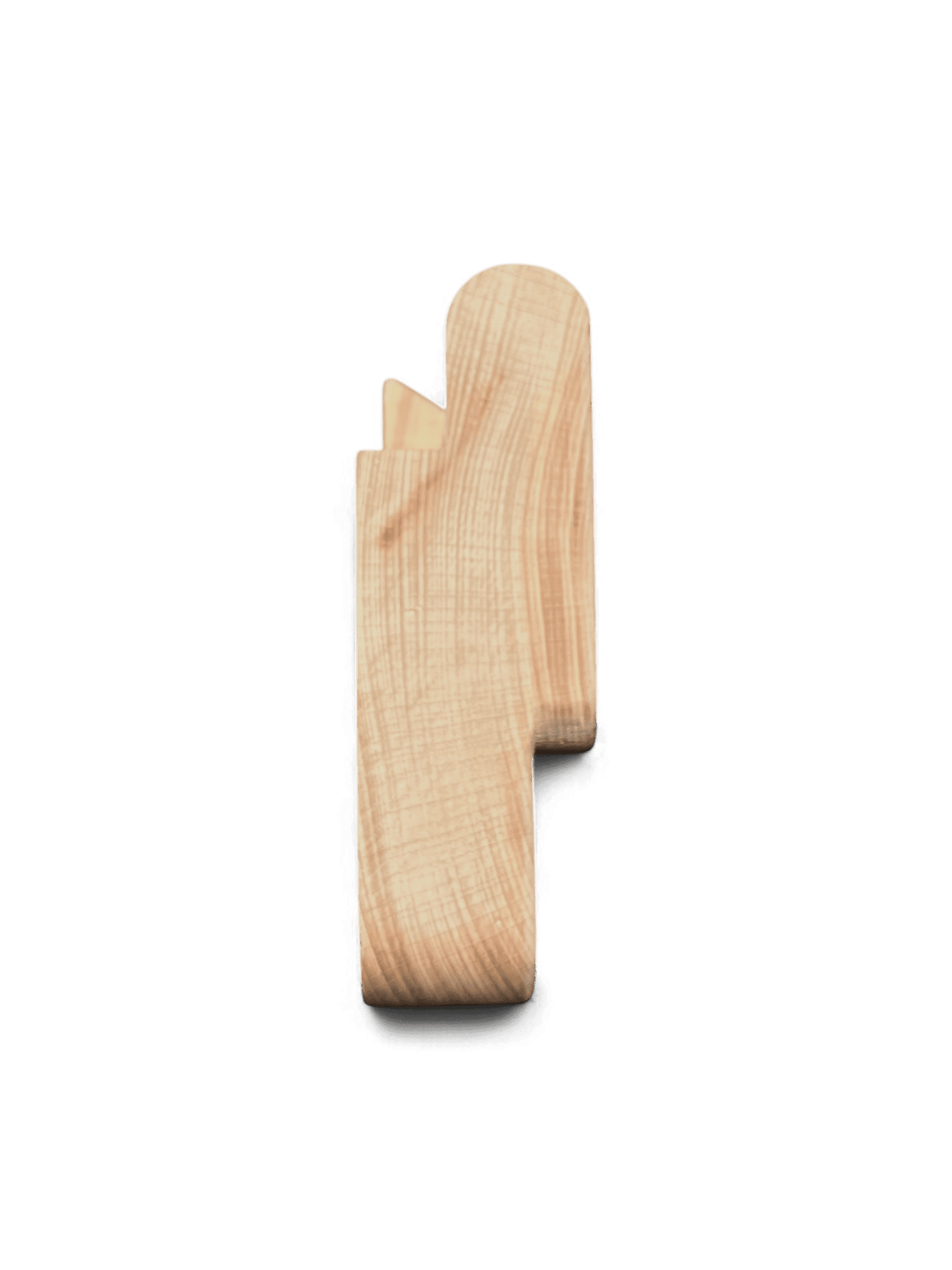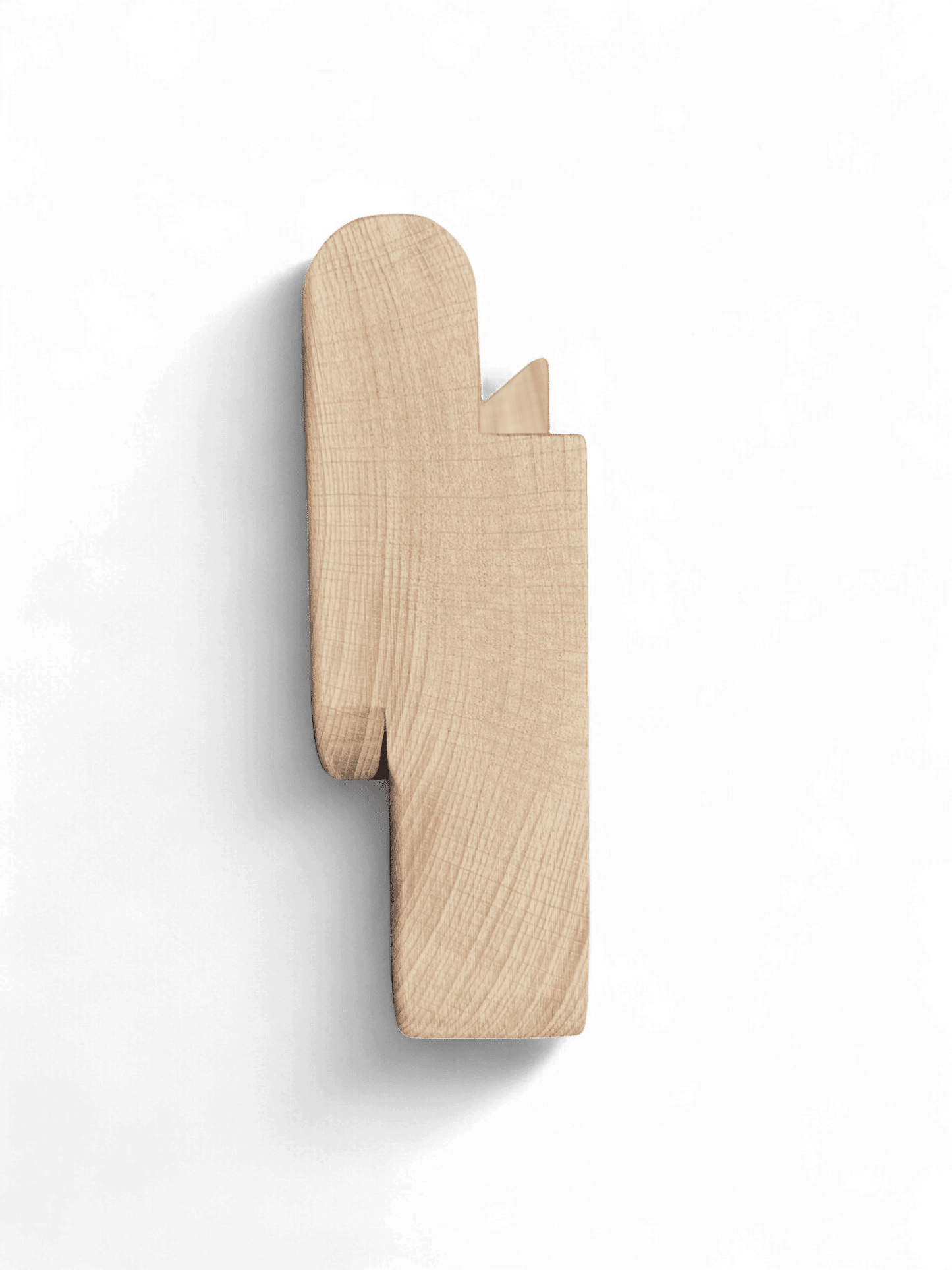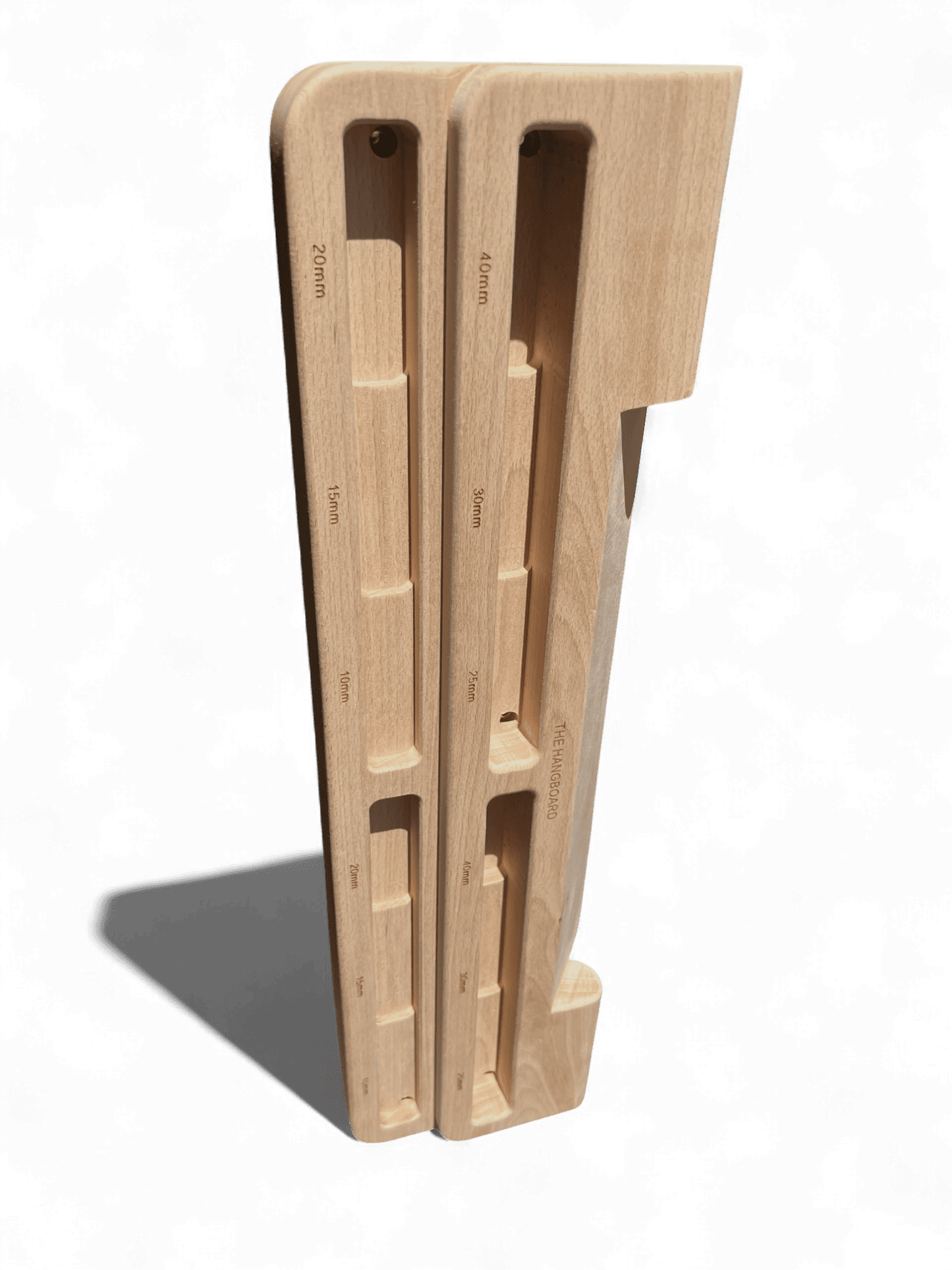Thinking about trying rock climbing for the first time? You're not alone — and you're asking the right question. Rock climbing can seem intimidating at first, but the truth is, it’s one of the most welcoming sports for beginners. With the right approach, the right routes, and a little patience, anyone can start climbing and have a blast doing it.
Here’s everything you need to know before you clip in or chalk up.
Is Rock Climbing Difficult for Beginners?
Rock climbing can seem difficult at first, but it’s very beginner-friendly if you start at the right level and understand that strength comes with time.
Most climbing gyms offer a huge range of route difficulties, so even on your first day, you can usually find something manageable. The hardest part for beginners often isn’t physical strength — it’s getting comfortable with heights and trusting your body. But with consistent practice, fear fades and technique naturally improves.
One of the coolest parts about climbing is that you control the difficulty. Some days you’ll want to push hard. Other days you’ll enjoy taking it easy. As you keep climbing, fears fade, strength builds, and it gets even more fun.
➡️ Tip: Progress in climbing is steady and natural — don't rush it. Every session helps you get better without needing to be “strong” right away.
What Makes Rock Climbing Hard?
Climbing can feel challenging because it’s a full-body workout that tests both your muscles and your mind — but that’s exactly why it’s so rewarding.
Here’s why beginners sometimes find it tough:
- Grip strength and endurance: Your fingers, hands, and forearms work way harder than in most other sports.
- Balance and technique: Good footwork and body positioning matter even more than arm strength.
- Flexibility and mobility: Some climbs require big reaches, high steps, or awkward body positions that can feel tricky at first.
- Mental challenge: Trusting your holds, dealing with heights, and problem-solving routes all stretch your comfort zone.
- Outdoor conditions (if climbing outside): Sun, heat, wind, and rock texture can add extra challenge compared to indoor gyms.
🌟 Good news: None of these things need to be perfect at the start. They all build naturally as you climb more.
Interestingly, a study published in the Journal of Sports Science shows that climbing uses about 80% of your muscle groups — a true full-body workout.

What Skills Are Needed for Rock Climbing?
You don’t need any skills at all to start climbing — just a willingness to try. Everything else comes naturally over time.
When you first start, you might not trust your feet yet, you might overuse your arms, and you might feel a little nervous — and that’s completely normal. No experience or special athletic ability is required.
As you climb more, you'll naturally pick up important skills like:
- Trusting your feet: Using your legs instead of pulling with your arms.
- Reading the route: Figuring out the best path up, like solving a fun puzzle.
- Staying relaxed: Breathing calmly to save energy and stay focused.
- Feeling comfortable with small falls (indoors): Learning to fall safely and shake it off.
🌟 Remember: You don’t have to be great to start. You start, and you get great later.
How Hard is Rock Climbing Compared to Other Sports?
Rock climbing can be as easy or as challenging as you want to make it — that’s one of the things that makes it so unique.
Unlike many competitive sports where you have to keep up with a team or opponents, climbing is a solo challenge. You set your own pace, choose your own routes, and decide how hard you want to push yourself each session.
In terms of physical demands, climbing uses different muscles than most common sports — especially grip strength, core stability, and pulling power. It also challenges your balance, flexibility, and mental focus in ways many other activities don’t.
But just like running, cycling, or swimming, any sport becomes difficult if you're pushing your personal limits. In climbing, the beauty is that you can pick climbs that are completely beginner-friendly or ones that stretch you to your max — it’s totally up to you.
➡️ Tip: If you’re new, start on easy routes and focus on having fun. Progress comes naturally with consistency, not by trying to climb the hardest walls on day one.
How to Make Rock Climbing Easier
Starting slow, picking the right routes, and using basic techniques can make climbing feel easier from your very first session.
Here’s how to set yourself up for success:
- Choose beginner-friendly climbs: Look for easier grades (5.5–5.9 for roped climbs, V0–V2 for bouldering).
- Rent or purchase proper climbing shoes: Good shoes help you trust your feet and feel more stable.
- Take a lesson or watch a quick technique video: A few simple tips can make a huge difference.
- Climb with friends or a supportive group: It’s way more fun and way less intimidating.
- Focus on enjoying it, not just sending climbs: Every attempt builds strength and skill, even if you don’t finish every route.
➡️ Remember: Climbing is a skill that grows session by session. You don’t have to be strong to start — starting is what makes you strong.
Later on, as you get more into climbing and want to build extra finger strength, training tools like The Hangboard can really help.
(But for now, just focus on enjoying the process — the strength will come with time.)
How Much Does Rock Climbing Cost? (Beginner Breakdown)
Starting climbing is relatively affordable, especially indoors. Day passes would be a great way to get started and typically range anywhere from $20-$30.
Typical beginner costs:
- Day pass at an indoor gym: $20–$30
- Monthly membership: $60–$100
- Rental gear (shoes, harness, chalk): $5–$10 per session
- Beginner shoe purchase (optional): ~$70–$120
Outdoor climbing can cost more upfront if you need gear like helmets, ropes, harnesses, and belay devices. However, if you join a climbing club or go with friends who already own gear, you can start with minimal costs.
FAQ
What is Trad (Traditional) Climbing?
Traditional climbing ("trad") means placing your own protective gear into the rock while climbing. It’s more mentally demanding and gear-intensive than sport climbing, making it less beginner-friendly. Most beginners start with indoor climbing or sport climbing.
How Strong Do You Need to Be to Start Climbing?
You don't need to be strong to start climbing. Good technique, balance, and mental focus matter far more. Strength develops naturally as you climb.
What is a 5.10 Climb?
5.10 refers to a difficulty rating in the Yosemite Decimal System (YDS), common in the U.S. climbing community.
- Beginner routes: 5.5–5.9
- Intermediate routes: 5.10–5.11
- Advanced routes: 5.12 and up
If you're just starting, look for climbs rated 5.5 to 5.9.
Conclusion: Is Rock Climbing Hard?
Rock climbing can feel difficult for beginners, but it's completely achievable — and way more fun than you might expect.
Climbing is all about gradual growth. You'll build strength, confidence, and skill over time. Fear fades. Trust builds. And one day soon, you’ll look back and realize how far you’ve come — all because you took that first step.
So don’t overthink it. Find a gym, rent some shoes, and give it a try.
You don’t have to be strong, brave, or perfect to start — you just have to show up.
Adventure (and a lot of fun) is waiting for you on the wall!

